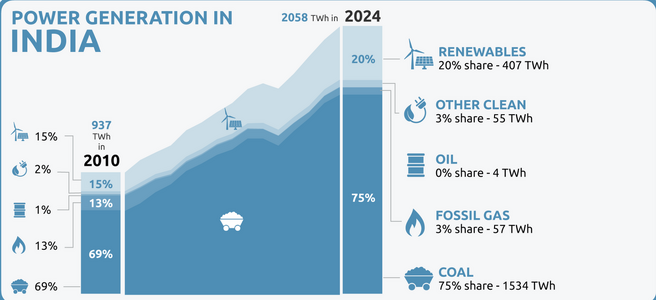- Joined
- Oct 23, 2011
- Messages
- 7,387
It makes sense. Making lab diamonds super affordable while at the same time, repeating to customers that they are dropping in value and no trade-in’s are allowed —why would anyone even want to pay or need a certificate? What would be the value?
And not to sound elitist but also, is the target market for labs as concerned with the 4 C’s? Or just the 5th C—cost.
And not to sound elitist but also, is the target market for labs as concerned with the 4 C’s? Or just the 5th C—cost.
Last edited:






300x240.png)